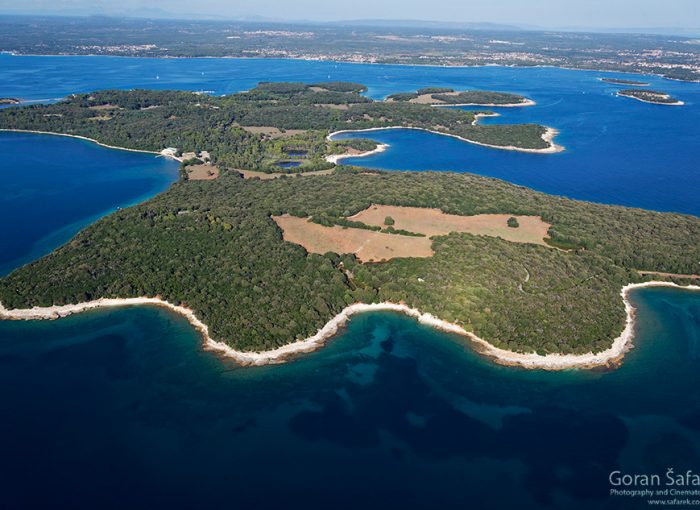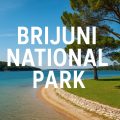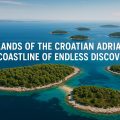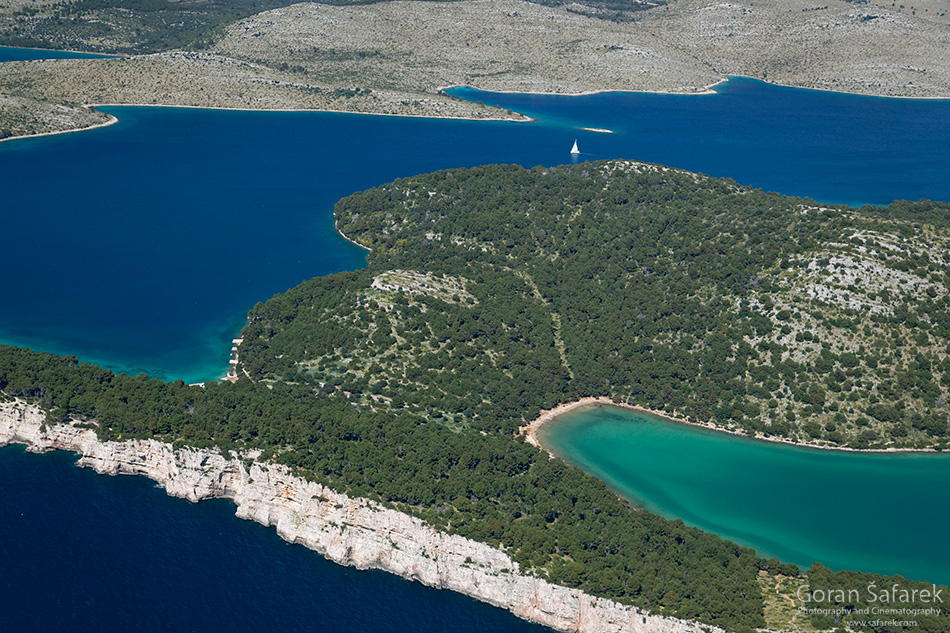Discover Brijuni Islands, a unique mix of untouched nature, Roman ruins, safari park, and Tito’s villas—just a short boat ride from the Istrian coast.
The Brijuni Islands, nestled just off the southern tip of Istria, are a national park and a living museum of nature and culture. This enchanting archipelago offers a rare harmony between the wild and the cultivated, the ancient and the glamorous, exclusivity and accessibility.
Table of Contents
Once cherished by the Romans—who built lavish villae rusticae across its gentle shores—Brijuni fell into obscurity during medieval times, only to be revived in the late 19th century by Austrian industrialist Paul Kupelwieser. He transformed the islands into a refined health resort and sanatorium for Europe’s elite.
In the 20th century, Brijuni became the private retreat of Yugoslav president Josip Broz Tito, who hosted global leaders and royalty in its luxurious surroundings.
Today, Brijuni is a protected national park that invites visitors to explore its serene beauty. Stroll through pine forests, spot graceful deer and exotic safari animals, play a round of golf, explore ancient ruins, or relax on quiet beaches far from the summer crowds. Brijuni is a timeless escape—where every step tells a story.
Brijuni is one of our list of TOP 10 islands in Croatia.
See our Guide to visiting Brijuni National Park
See our Guide to the national parks in Croatia
Fascinating story of Brijuni
Tourists sit in the shade of trees at the Školjka Café on the island of Veliki Brijun, tucked away in a courtyard hidden behind old doors and historic buildings—sheltered from the hustle and bustle of the guided tour groups passing through the island. They sip their coffee slowly, reading the words printed on the sugar sachets:
“What were Brijuni once? An island desert… From this desert, paradise was created.”
— Karl von Thaler, 1911
Just then, something small darts in and out of a crack in the wall of one of the old villas. From a hole near the edge of the wooden shutters, a mysterious flyer emerges. Moments later, a Eurasian hoopoe flutters into view—its striking feathered crown standing out boldly against the warm brown and black of its body. With barely a flap of its wings, it zips back toward the hole. A chick pokes its head out, beak wide open, as the parent hoopoe feeds it a wriggling worm. Three seconds later, the adult vanishes again, and the chick retreats into the safety of its nest carved into the wall of this timeworn building.
Today, the Brijuni Islands may feel like paradise—but they were never just an ordinary desert. This place has always been something more.
🕰️ Millennia of History
Brijuni National Park isn’t just home to a safari park filled with ostriches, elephants, and sacred cows—it’s also an archipelago where history and nature intertwine under the Mediterranean sun. To uncover the authentic Mediterranean treasures of these islands, you must first pass through their more obvious charms. Riding in an electric car along the winding roads of Veliki Brijun feels like travelling through time—each turn revealing a new layer of history that spans thousands of years, starting with the Illyrians, the island’s earliest known inhabitants.
The arrival of the Romans marked the beginning of Brijuni’s golden age. The island flourished and became well known across the Adriatic and the Roman Empire. Nowhere is this legacy more visible than in Verige Bay, where the ruins of a magnificent villa rustica still echo with the grandeur of ancient life. With its three sea-view terraces, temples, recreational areas, and guest quarters, this luxurious complex must have been a remarkable place to live and entertain.
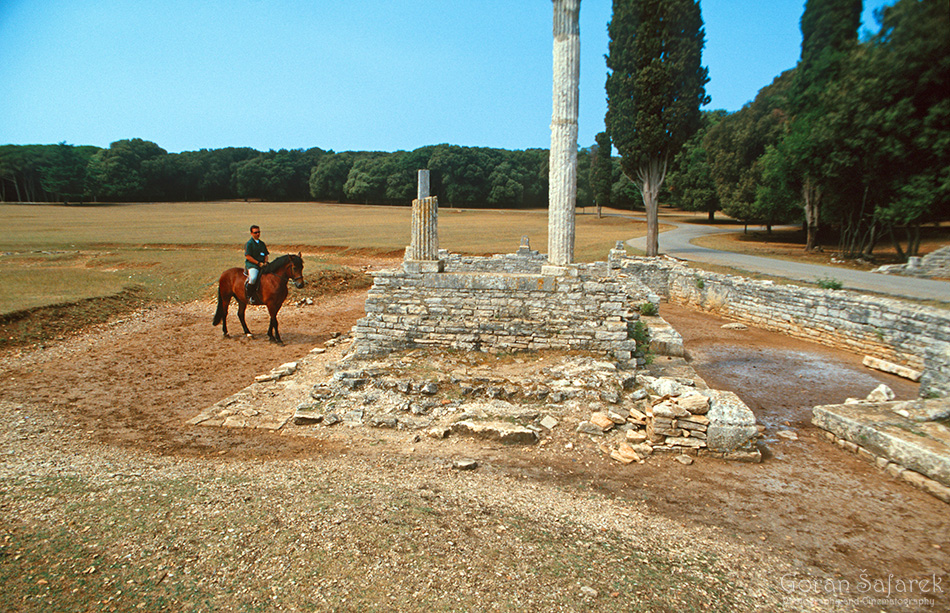
Thanks to the island’s proximity to the mainland, mild climate, and beautiful coastline, Brijuni was a desirable place to settle. Fast forward a few centuries and you’ll encounter the Byzantine castrum on the opposite side of the island. Its intricate layout and numerous rooms testify to a long and layered history of occupation—from the 2nd century BC to the 16th century AD. During that time, Brijuni fell under the rule of many powers: the Romans, Goths, Byzantines, Franks, and ultimately, the Venetians.
When the Republic of Venice took control in 1331, the island’s importance began to decline. Over the next 466 years, Brijuni faced repeated plague outbreaks, wars, looting, and exploitation. By the end of the 17th century, the once-thriving islands were almost completely deserted.
Everything changed in the late 19th century, when Austrian industrialist Paul Kupelwieser purchased the island and transformed its forgotten ruins into an exclusive resort and health spa complex, complete with luxury hotels and golf courses. Brijuni’s elite new image quickly attracted the glitterati of the time.
Famous names like Thomas Mann, James Joyce, Archduke Franz Ferdinand, and German Emperor Wilhelm II graced the island’s shores. Then, in 1945, Brijuni entered another era of prominence as the summer residence of Yugoslav President Josip Broz Tito. Under Tito, the islands welcomed over 90 world leaders and global celebrities—from Queen Elizabeth II, Haile Selassie, and Jawaharlal Nehru, to movie stars like Sophia Loren, Elizabeth Taylor, and Richard Burton.
From ancient ruins and medieval castra to glamorous villas and Cold War diplomacy, Brijuni’s story is one of constant reinvention—an island group shaped as much by history as by the sea that surrounds it.
🌳 Nature Still Thrives
Today, the ancient ruins of Brijuni lie quietly embraced by lush greenery, forming a balanced mosaic of open meadows, shaded forests, and carefully preserved landscapes. Some meadows are part of the island’s historical golf course, while others are home to rabbits hopping freely, fallow and spotted deer grazing, and peacocks strutting confidently through the grass.
A large part of Brijuni is covered by forest, but unlike most of Croatia’s coast—which is dominated by the airy and fragrant Aleppo pine—these islands are uniquely characterized by dense holm oak (holly oak) woodlands. Surprisingly, there’s almost no underbrush in most forested areas. The tree canopies are neatly trimmed—not by human hands, but by the constant nibbling of deer, who shape the landscape like quiet gardeners. In contrast, wherever deer are fenced out, the vegetation transforms into a vibrant, almost jungle-like thicket.
Venturing into this forest isn’t exactly romantic. Pushing through the tightly packed trees quickly becomes an adventure, made trickier by climbing plants that wrap around trunks like natural barbed wire. A machete might be useful, but of course, such tools are not permitted within the protected bounds of the national park. Much of the island remains covered in dense scrubland—a wild, almost impassable version of degraded holm oak forest. Yet amid the thicket, the soft notes of a nightingale’s song drift through the trees—a delicate symphony from the beak of a tiny bird. Nearby, a fearless squirrel nibbles a pinecone beneath a towering conifer.

Along the southern shore of Veliki Brijun, near Cape Gromače, lies the tranquil area of Saline—a protected bird reserve and a quiet retreat from the rest of the island. Once a saltworks, this area was transformed in the 1960s into two freshwater lakelets, surrounded by holm oaks and pine trees. A small thatched cottage sits beside one of the lakes, once used by Tito himself as a peaceful hideaway to listen to birdsong and reflect in solitude. Today, it’s used for birdwatching, offering a front-row seat to Brijuni’s thriving biodiversity.
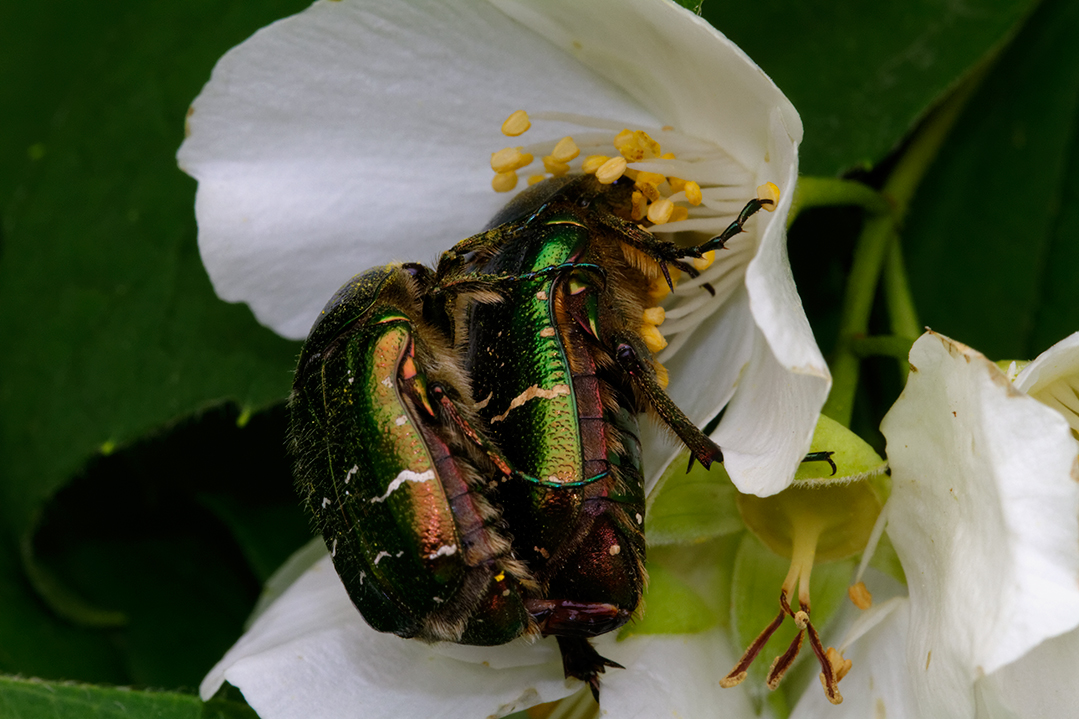
You’ll hear green frogs croaking, as the males call out to attract mates. A European pond turtle basks on a sun-drenched log, ready to vanish beneath the surface at the slightest sound. Herons wade silently through the shallows, while ducks, Eurasian coots, and moorhens paddle calmly near the reeds. All around, Old World flycatchers and other songbirds flit between the trees, filling the air with motion and melody.
This is Brijuni at its most peaceful and alive—a landscape where history fades into the background, and nature continues to flourish, undisturbed.
🏝️ A Dozen Small Islands
The rugged, unspoiled coastline of Brijuni is a true Adriatic gem, shaped by time and the sea. With its shallow, protected coves and a mix of rocky ledges and pebbled beaches, the archipelago invites quiet exploration. As the waves lap gently against the ancient stone, you walk where dinosaurs once roamed—their fossilized footprints preserved in the coastal rock, silent witnesses of a time long past.
Offshore, a few dolphins break the surface, playfully leaping in and out of the water as they hunt just beyond the shore. For visitors, it’s a magical sight; for local fishermen, perhaps less so—the dolphins are competition, but within the boundaries of this protected national park, these graceful marine mammals have full rights to their domain and the freedom to hunt in peace.
Just across the water, a nearby islet has become a seagull sanctuary. Entire flocks nest here, taking over the landscape and filling the air with their sharp cries. If you venture across the undergrowth or along bushy paths, tread carefully—the birds nest on the ground, and their defensive swoops are a warning to step lightly and mind the eggs.
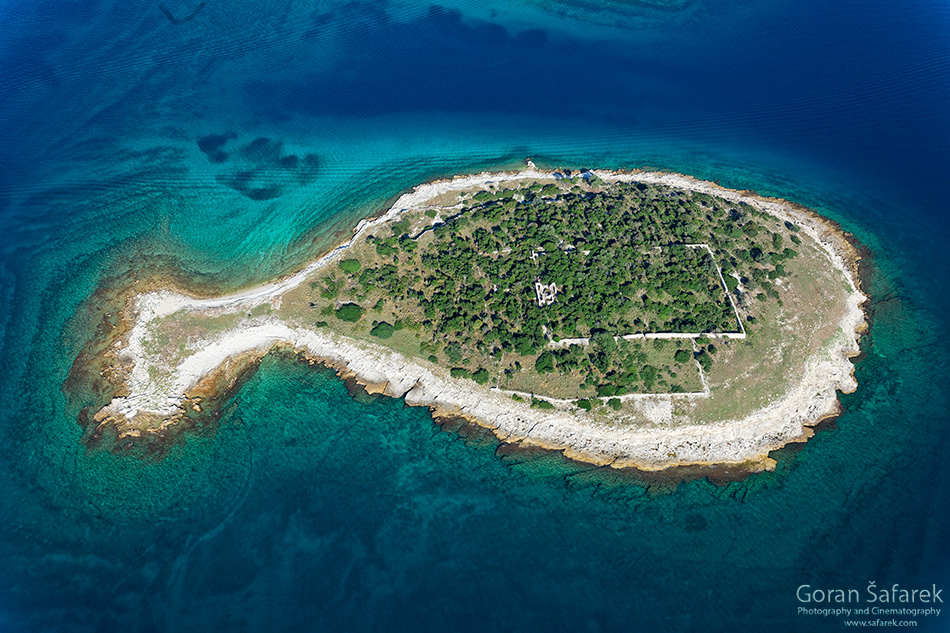
While seagull nests are usually exposed, tucked into open clearings, the nests of the European shag are hidden deep within the underbrush. These elegant black seabirds, close relatives of the great cormorant, are true creatures of the sea. What they share is their fishing prowess—diving deep below the surface, then returning to the rocky shores where they spread their wings wide in the sun, drying their feathers like cloaked guardians of the coast.
The smaller islands of Brijuni, rarely visited and wild in character, offer sanctuary for these animals, far from human interference. Together, they form a scattered constellation of nature preserves, each pulsing with life—untouched, raw, and quietly spectacular.
🌊 Under the Sea Surface
For many, the true soul of Brijuni lies beneath the surface of the Adriatic. The waters surrounding the islands are not just scenic—they’re alive, thriving, and deeply protected. As part of a national park, this marine sanctuary is an oasis of peace, where fish and sea life are left undisturbed, allowed to grow, breed, and flourish in their natural rhythm.
Most of the Brijuni archipelago is surrounded by shallow, calm waters, with the deepest point—50 meters—around the islet of Peneda. These depths and sheltered bays are home to an impressive variety of Mediterranean marine life. Fish like European bass, gilt-head bream, flathead grey mullet, and salema porgy swim freely here, often growing larger than those in fished waters due to the lack of disturbance.
Despite the way colors fade with depth underwater, the seabed around Brijuni remains remarkably vibrant. Algae in shades of green and red sway with the currents, while sponges, starfish, sea snails, and other slow-moving creatures dot the rocks like little bursts of life. From between them, the striking painted comber peeks out—its body marked with deep red and brown stripes and a bold, blue patch on its belly.
As you descend farther, the terrain begins to change. Jagged rock gives way to soft sand and silt, where strange, delicate life forms take center stage. The Mediterranean fanworm, often called a feather duster worm, opens its elegant, parasol-like crown to filter microscopic food from the water. In a flash, it retreats into its tube at the slightest sign of danger—a silent and graceful defense.
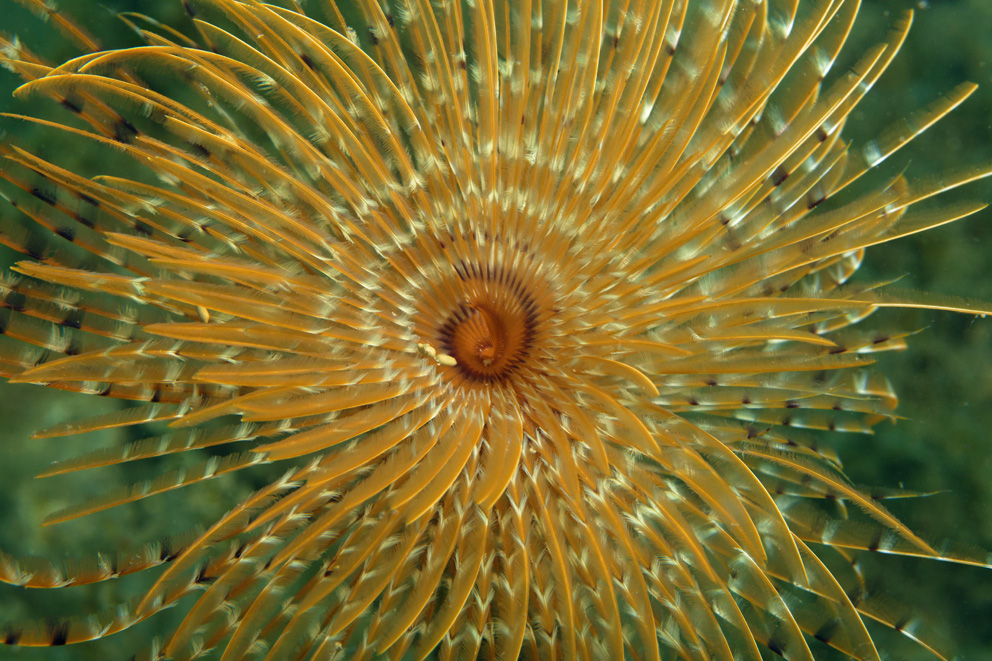
Soon, the sea floor turns darker and denser, not because of depth, but because you’ve entered an underwater forest—the Posidonia seagrass meadows. These meadows may seem plain at first glance, but they are some of the richest and most endangered ecosystems in the Mediterranean. Within the green blades, countless fish lay their eggs and raise their young, while crustaceans and mollusks live hidden in the dense foliage. Posidonia not only supports marine life—it also produces vast amounts of oxygen and helps stabilize the coastline.
Amid these living meadows, tall noble pen shells rise like towers from the sea floor. These enormous bivalves, one of the Mediterranean’s most iconic and endangered shell species, thrive in the nutrient-rich seagrass beds. They grow to impressive sizes, feeding on the organic matter released by the flowering plants around them.
The underwater world of Brijuni is a world untouched—a vision of the Mediterranean as it once was, preserved in a delicate balance between nature, culture, and thoughtful tourism. It’s a realm of silence, color, and life—hidden just beneath the blue shimmer of the surface.
📌 General Info
The Brijuni Islands are a group of fourteen small islands in the northern Adriatic, located just off the west coast of the Istrian Peninsula in Croatia. They are separated from the mainland by the narrow Fažana Strait and are easily reached by boat from the coastal town of Fažana. The largest island, Veliki Brijun (5.6 km²), lies just two kilometers offshore and is the only island open to regular visitors. The second-largest is Mali Brijun (1.07 km²), while the remaining twelve are smaller, uninhabited islets that form part of the protected Brijuni National Park.
Most of the island’s attractions, accommodations, and tours are centered on Veliki Brijun. Visitors arrive at a charming harbor lined with historic hotels and a small marina. This is also where most guided excursions begin—often with a scenic ride aboard the electric tourist train, which takes guests on a relaxing loop through the park’s highlights.
A large portion of the island is home to a semi-open safari park, where deer, mouflon, rabbits, and peacocks roam freely across grassy meadows and shaded woodland. In a nearby enclosed area, you’ll find a small zoo featuring exotic animals such as zebras, elephants, ostriches, and sacred Indian cows—many of them once diplomatic gifts to Yugoslav President Tito.
Kids (and curious adults!) will enjoy a stop near the zoo to see the dinosaur replica area, where lifelike models stand beside actual fossilized dinosaur footprints embedded in coastal rock. It’s a playful but educational nod to the island’s deep prehistoric past.
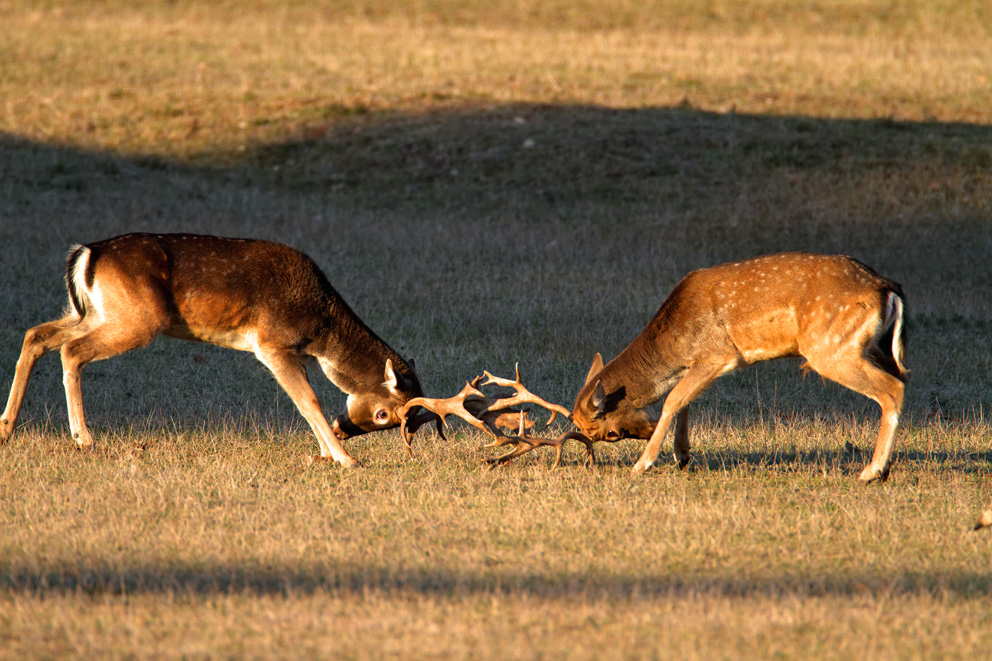
🏛️ Cultural Heritage on the Other Side of the Island
While Brijuni’s safari park and natural beauty often steal the spotlight, the other side of Veliki Brijun reveals a treasure trove of archaeological and historical landmarks that tell the story of millennia of human presence.
One of the highlights is Verige Bay, home to the remains of a sumptuous Roman villa from the 1st century. This sprawling complex once included temples, baths, courtyards, and sea-view terraces. With a bit of imagination—and a good guide—you can picture Roman nobles lounging by the water, enjoying the same peaceful views that draw visitors today.
A short walk away, you’ll come across the foundations of the Byzantine Castrum, one of the most significant archaeological sites on the island. This fortified settlement was inhabited for over a thousand years, through Byzantine, Carolingian, and Venetian periods. Its layered ruins offer a fascinating look at how life evolved on Brijuni across centuries.
Nearby stands St. Mary’s Basilica, the oldest Christian church on the island, dating back to the early medieval period. Modest but historically important, it once served as a spiritual refuge for the Knights Templar.
For an even older perspective, hike up to the prehistoric hill-fort, a Bronze Age gradina built by the island’s very first inhabitants. The views alone are worth the climb.
Along the Istria-facing coast, you’ll spot a series of smaller Roman villas, while the more exclusive and secluded villas—used in modern times by diplomats and dignitaries—are tucked away on the island’s southern side, offering privacy and prestige.
And if you’re in the mood for a swim, you’ll find a designated beach area perfect for sunbathing and cooling off. That said, the entire island is full of inviting rocky coves and peaceful swimming spots, so feel free to stop for a dip wherever the moment feels right.
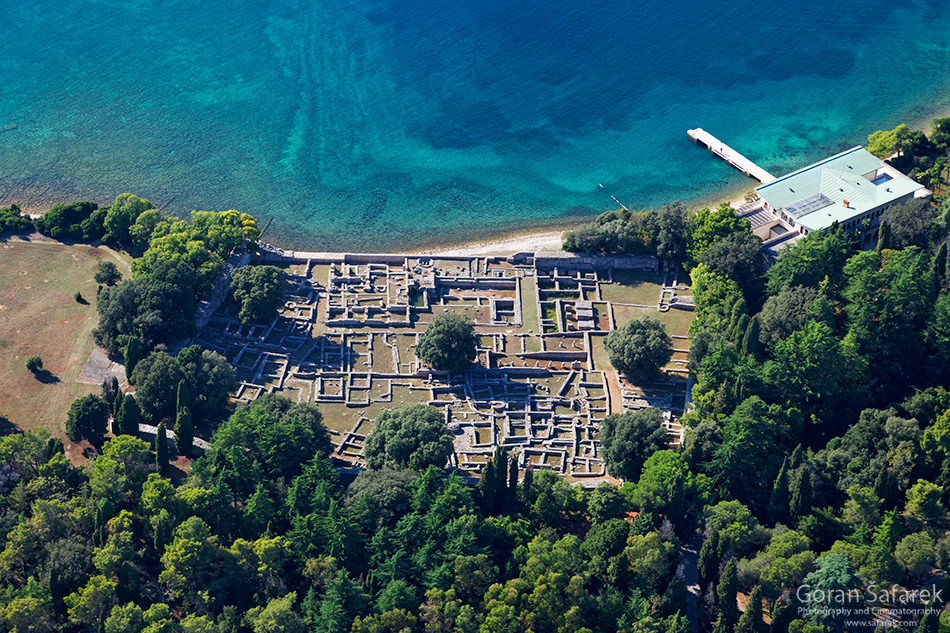
🐚 Dive Deeper: Education & Underwater Exploration on Brijuni
For those who love to learn while they explore, Brijuni offers two truly immersive experiences—one on land and one beneath the sea.
At the Boathouse by the seafront, you’ll find the Presentation and Education Centre of Brijuni National Park. Housed in a beautifully restored historic building, this modern, interactive exhibition invites visitors to independently explore the natural, cultural, and historical richness of the Brijuni archipelago. With hands-on displays, digital installations, and thoughtful design, it’s a perfect first stop for curious minds of all ages.
And for those drawn to the sea, Brijuni hides a secret beneath its surface. If you enjoy marine life, swimming, and snorkeling, head to Verige Bay on the southern coast of Veli Brijun, where you can embark on an educational underwater trail. This unique snorkeling route stretches approximately 500 meters and allows visitors to experience both natural underwater habitats and submerged archaeological sites—including remnants of a Roman villa, all while surrounded by the vibrant marine world of the park.
The trail is clearly marked, easy to follow, and suitable for beginners. It’s an unforgettable way to connect with the Adriatic’s hidden treasures, making Brijuni one of the few national parks in Croatia where history and nature literally meet underwater.
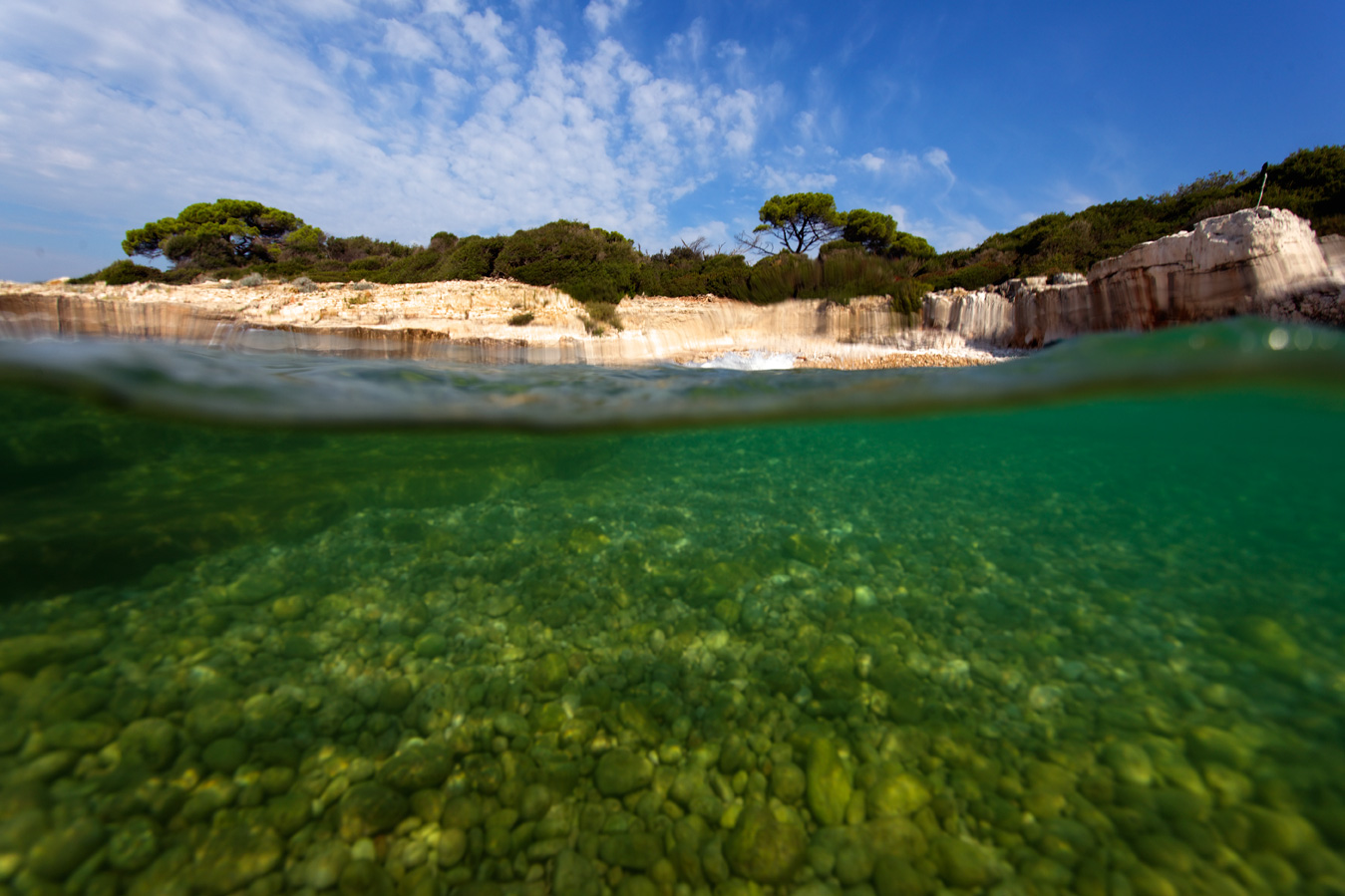
Tip: Slow Down and Soak It In
Many visitors have noted that the short guided tours—often wrapped up in just an hour or two—can feel rushed. You barely get to take in the island’s charm before you’re back on the boat. If you truly want to appreciate Brijuni, give yourself at least half a day, if not more. The island is best enjoyed slowly, with time to wander, swim, and let the peaceful atmosphere sink in.
Also, keep in mind that prices on the island can be steep, especially for food and drinks. It’s a good idea to bring water, snacks, sunscreen, or anything else you might need with you. That said, don’t miss the chance to sit by the seafront with a coffee—it’s a simple but perfect way to experience Brijuni’s relaxed elegance.
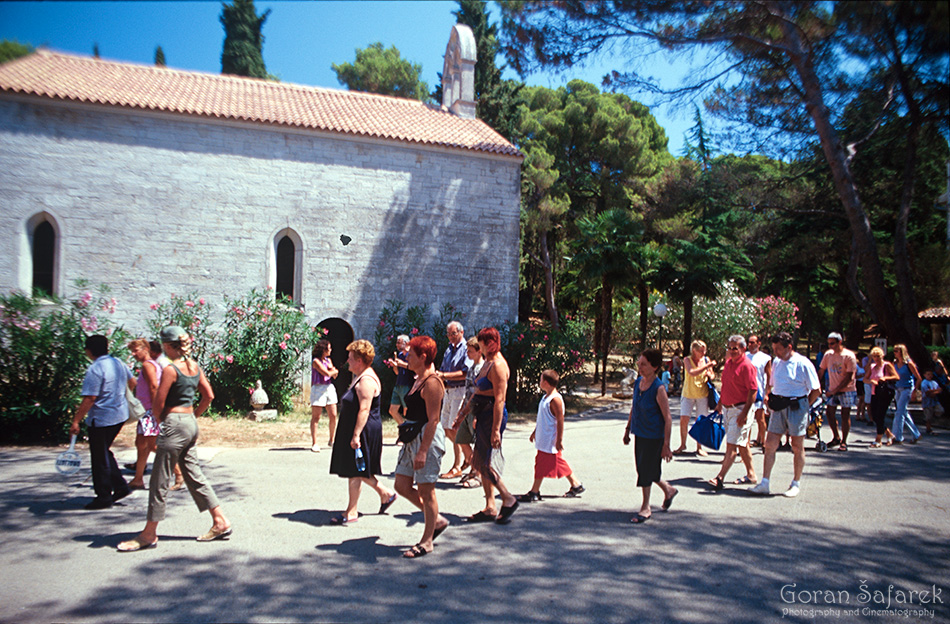
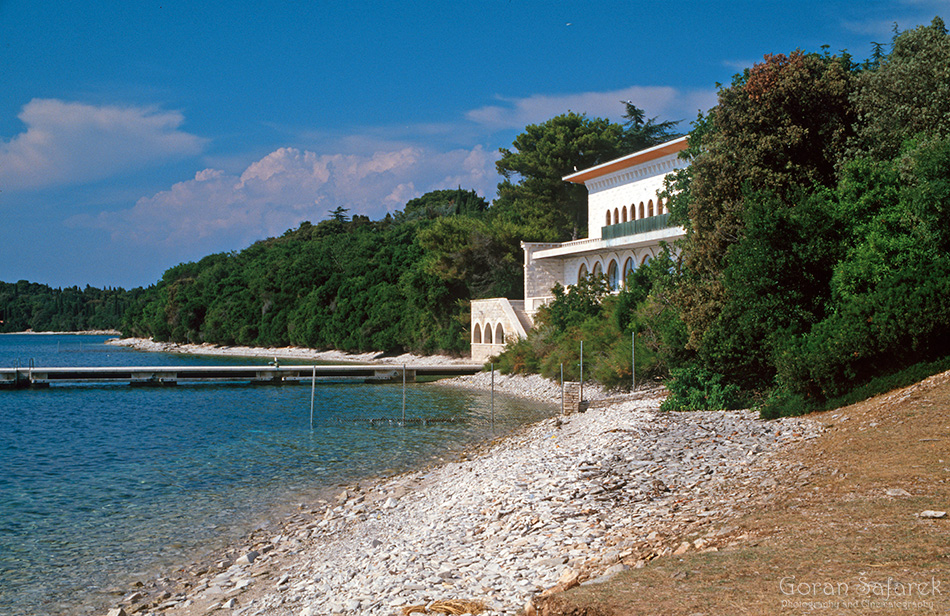
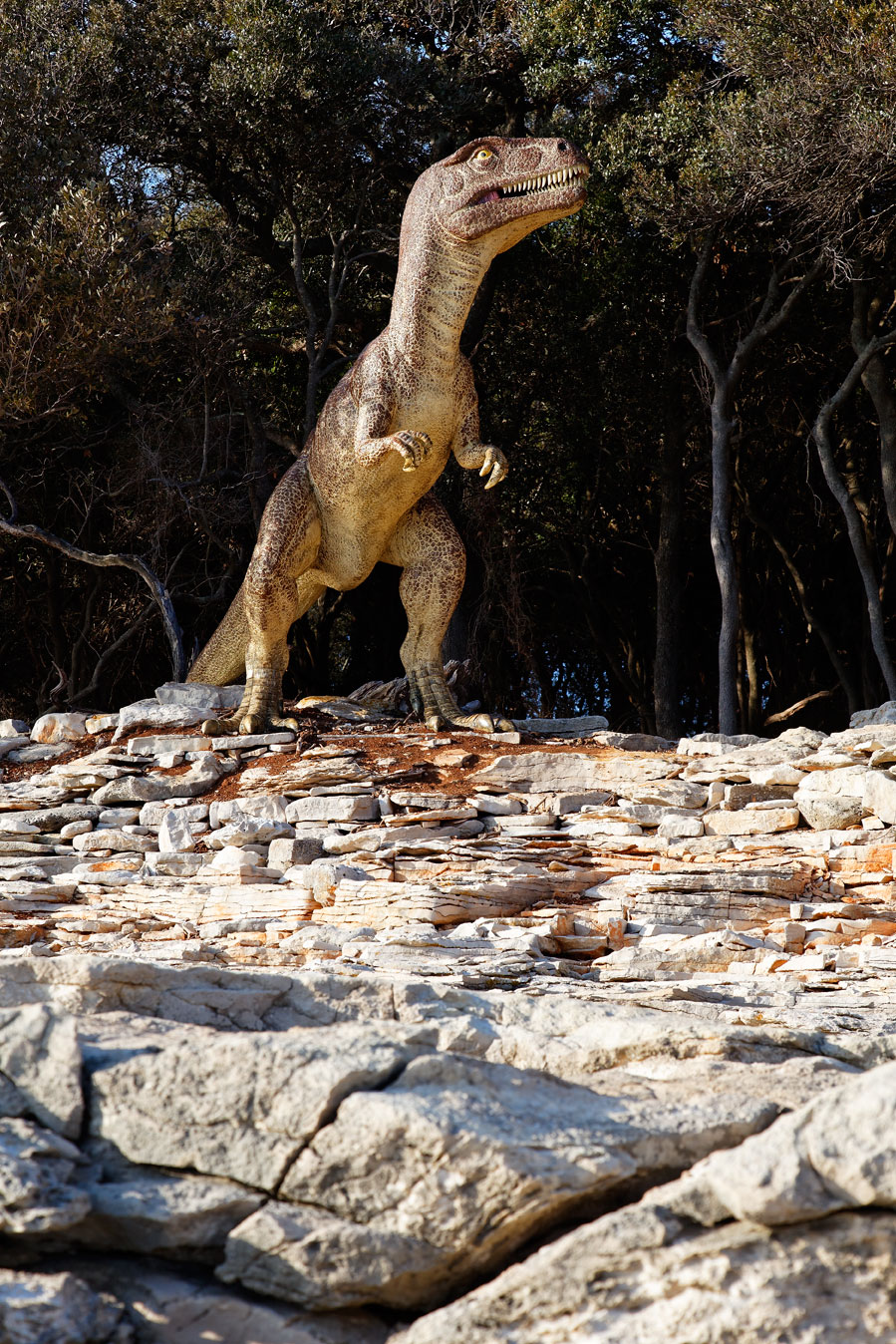
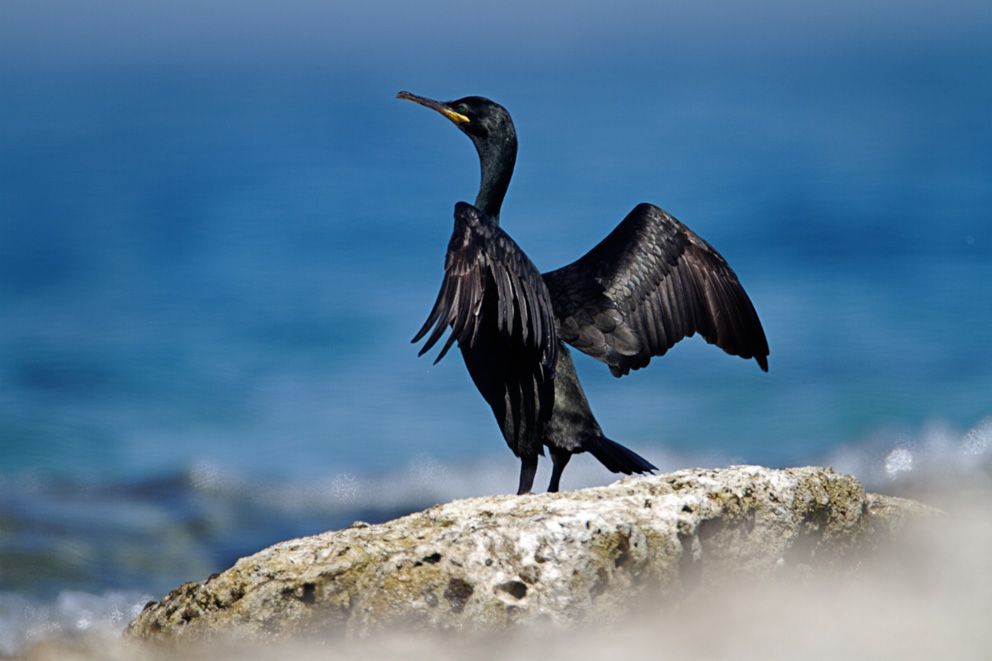
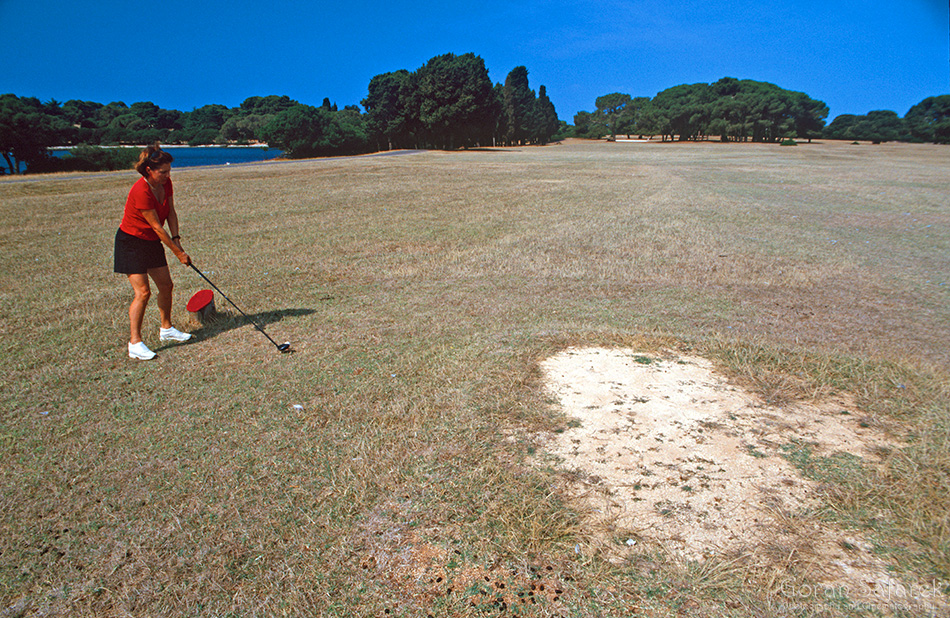
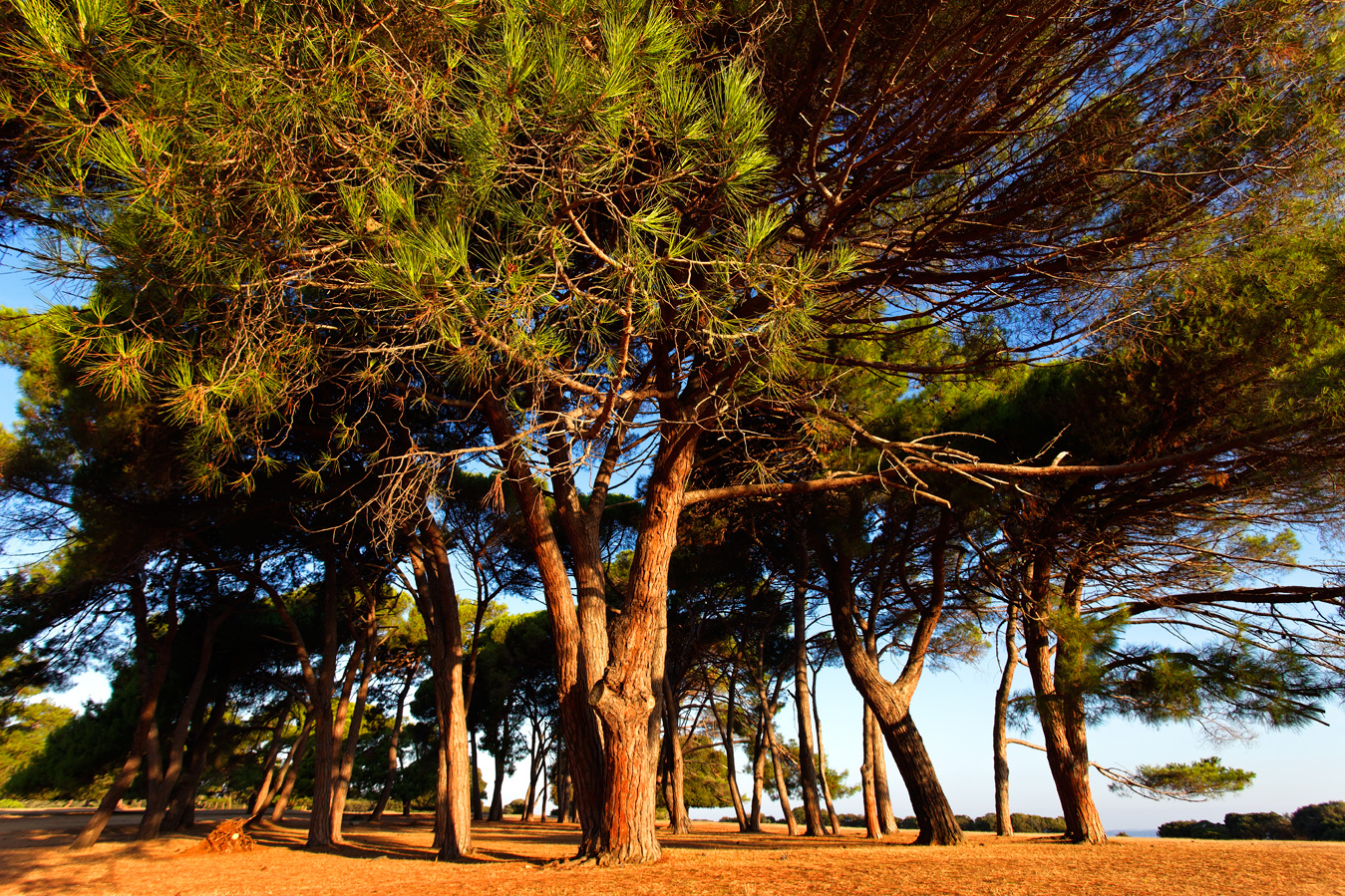
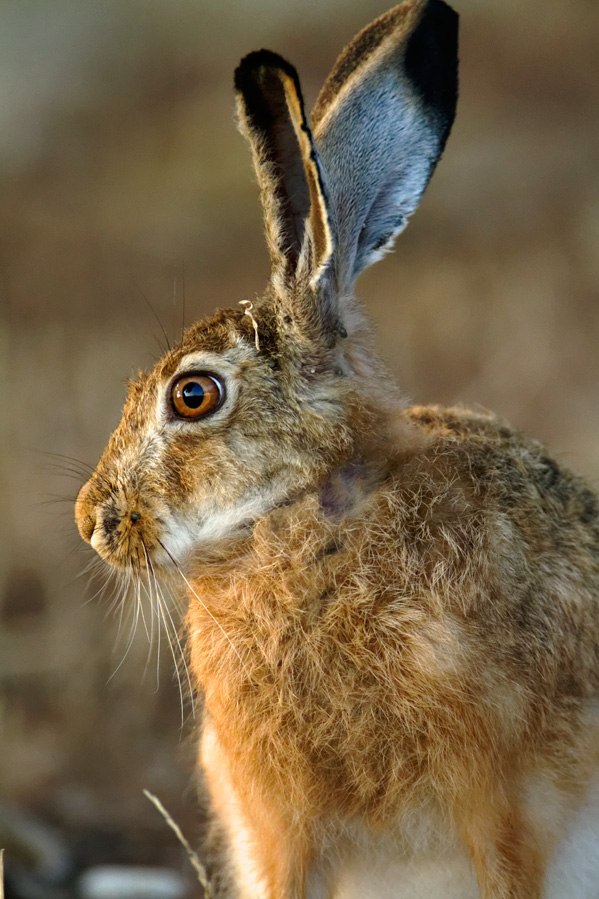
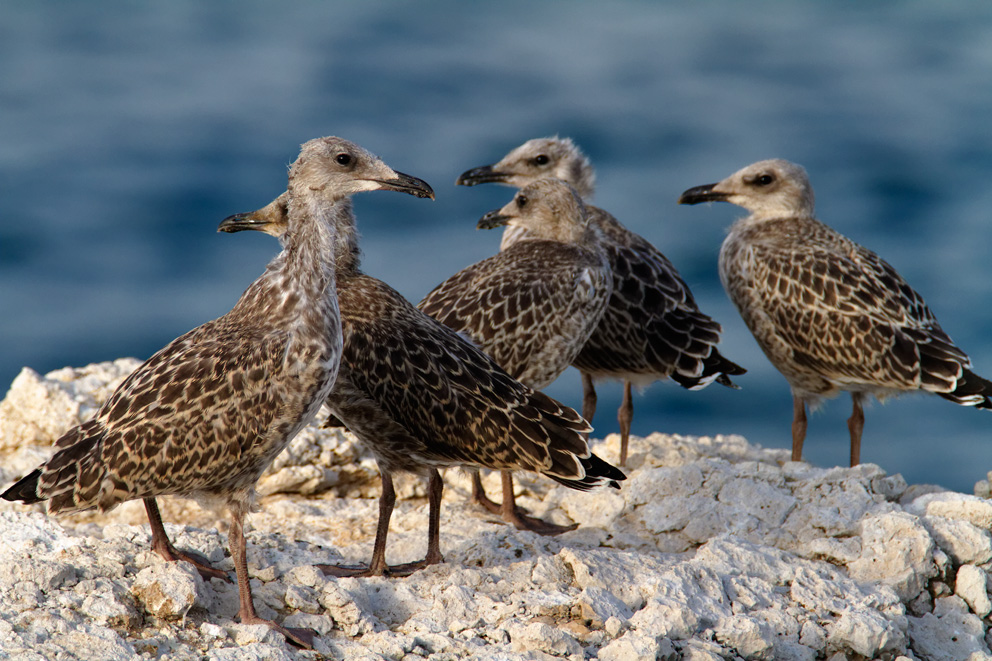
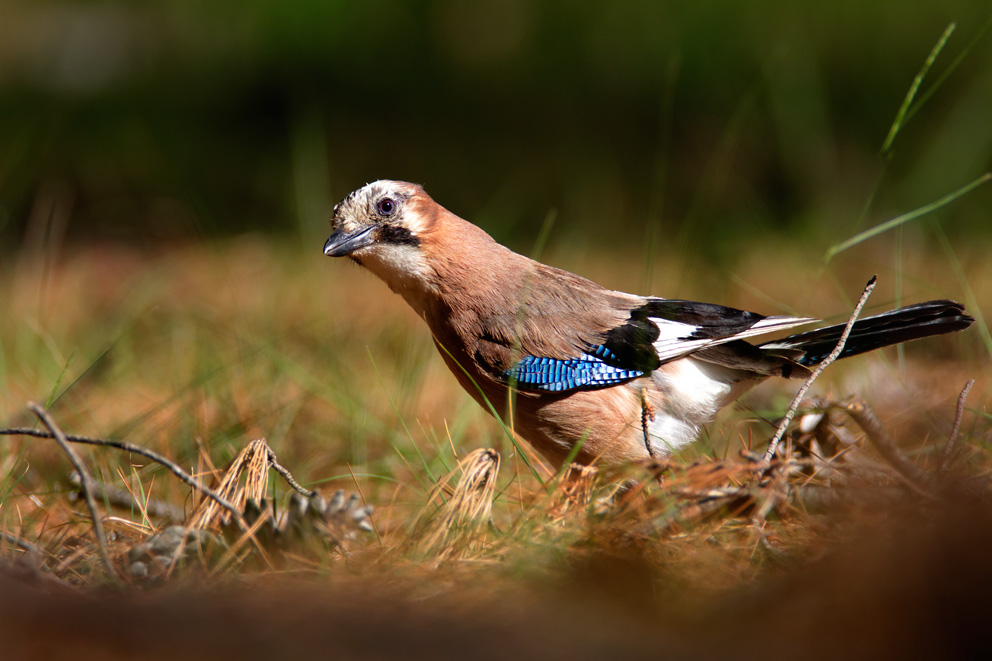
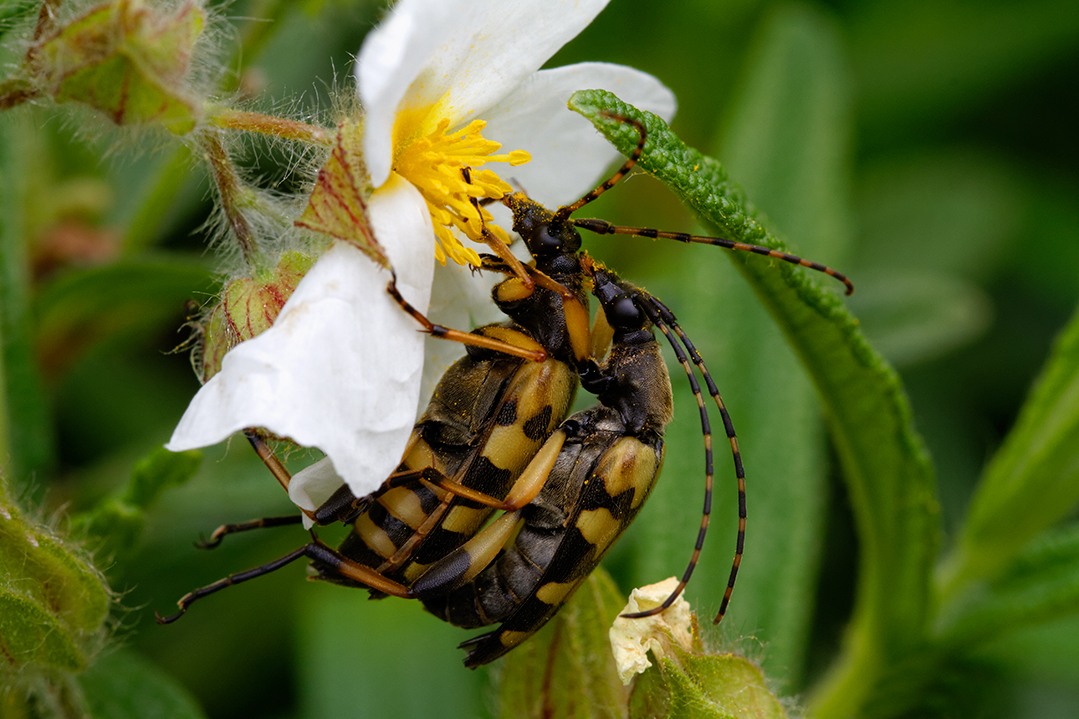
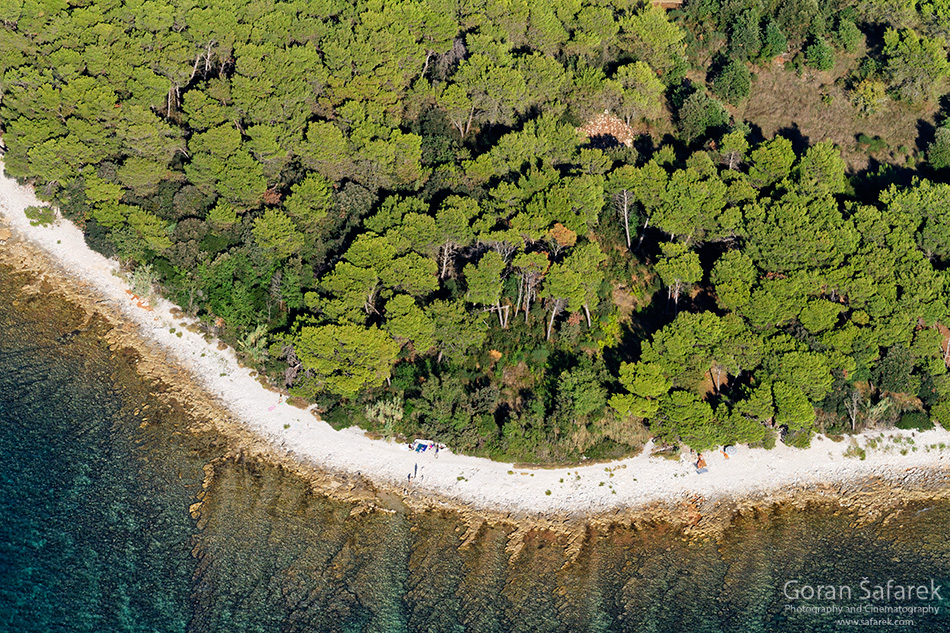
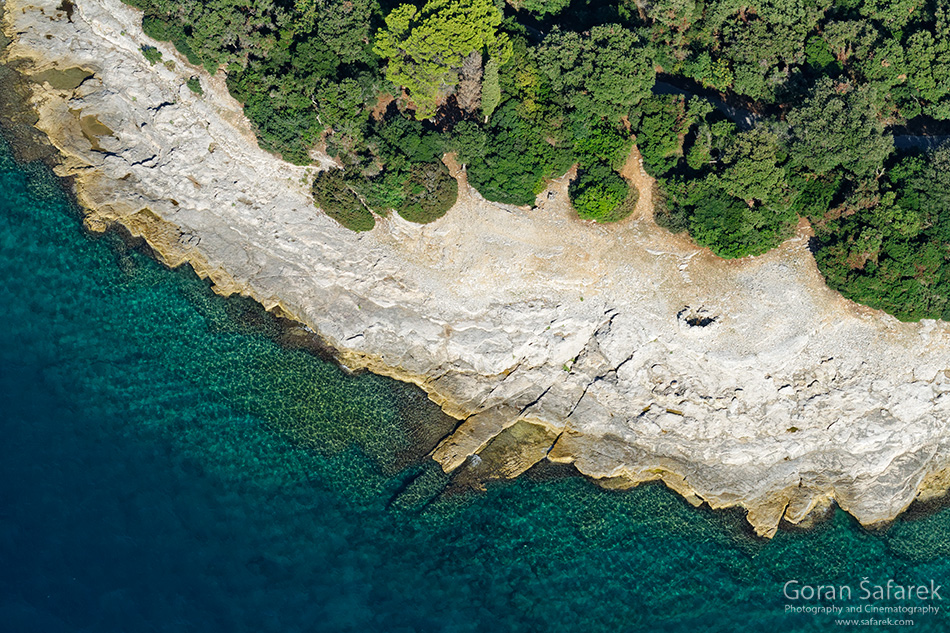
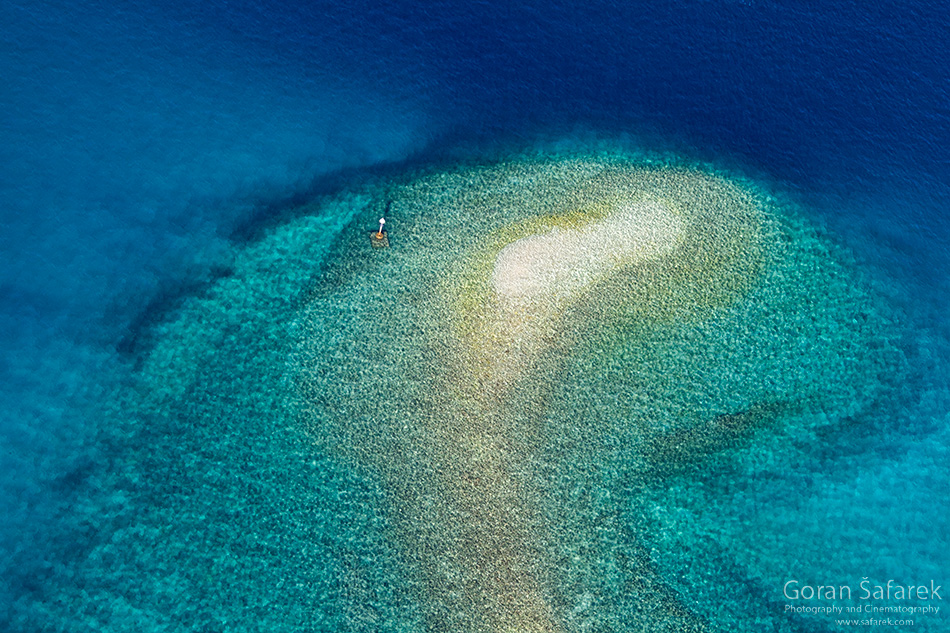
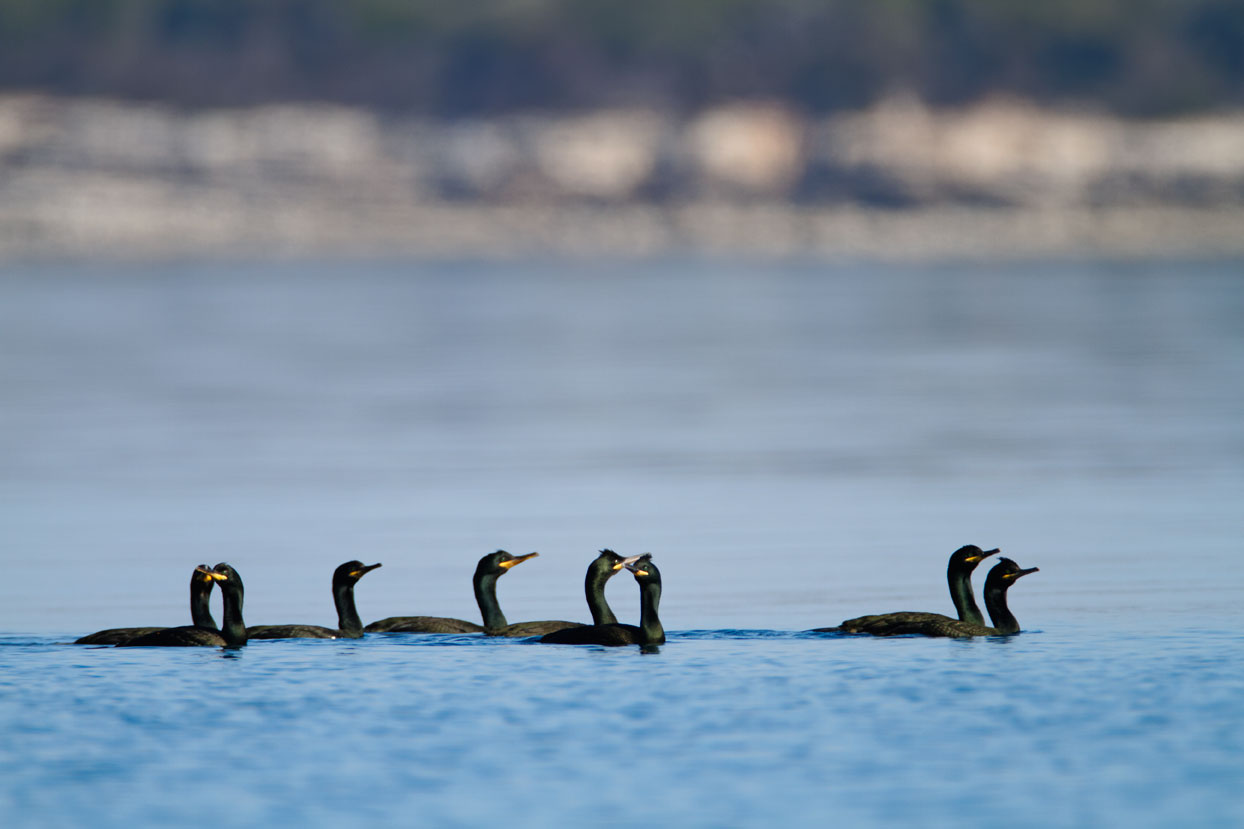
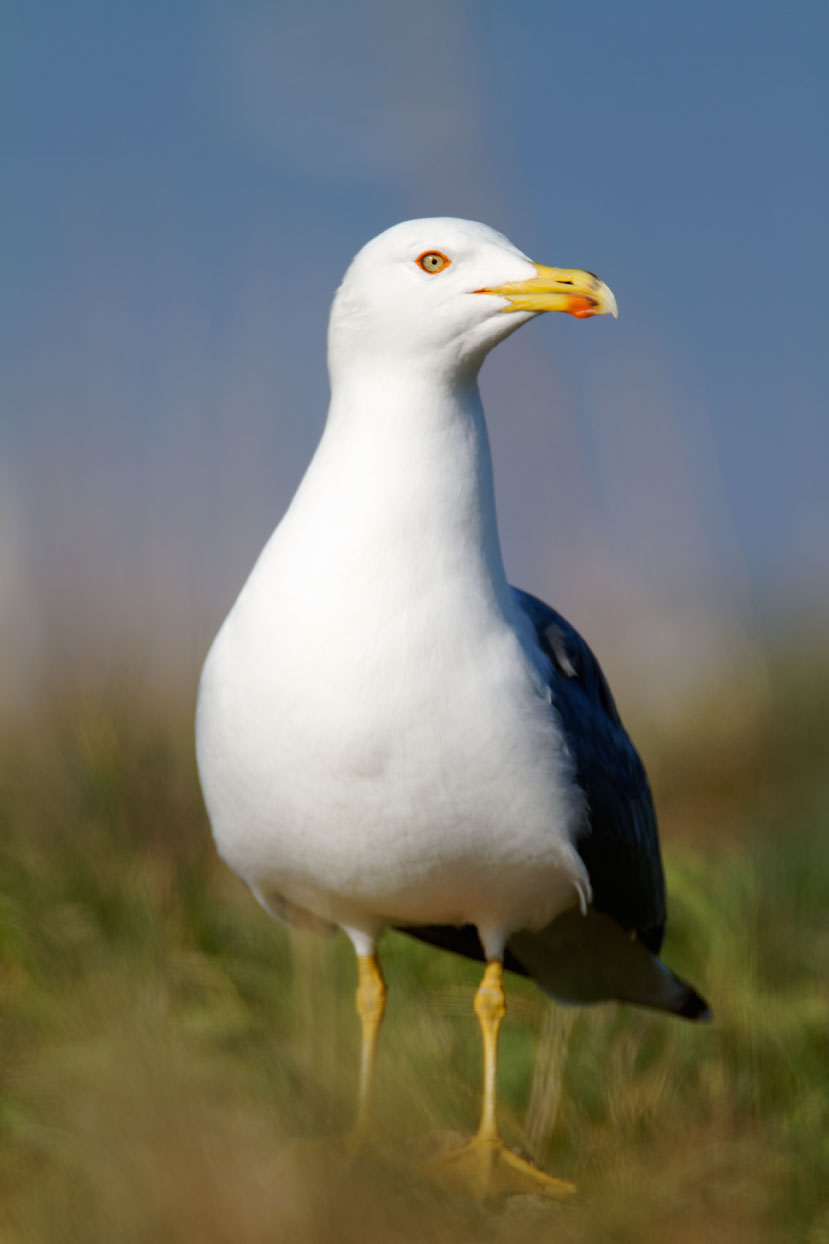
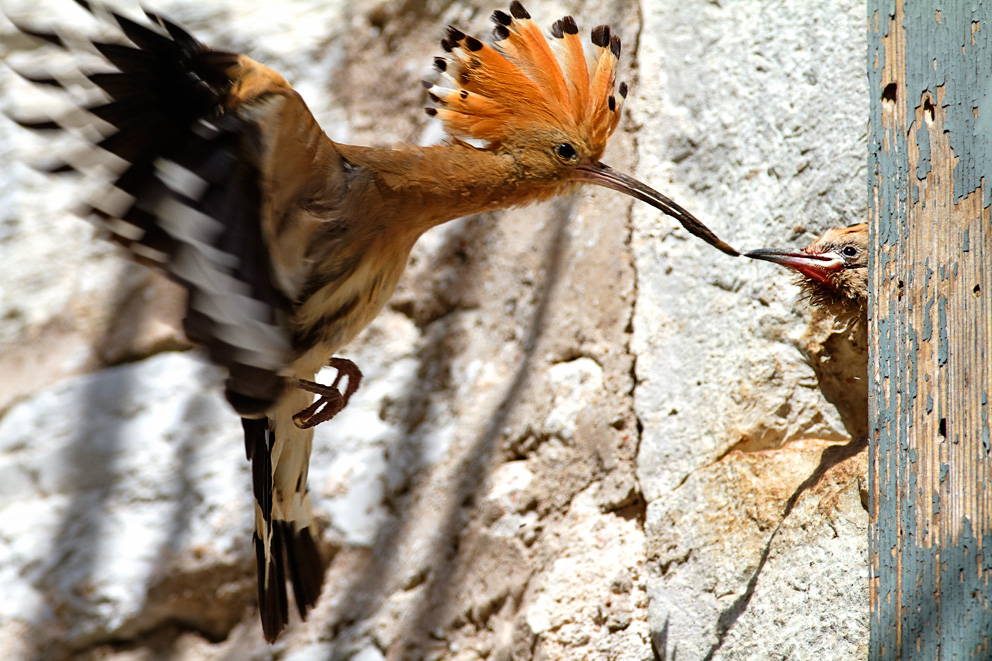
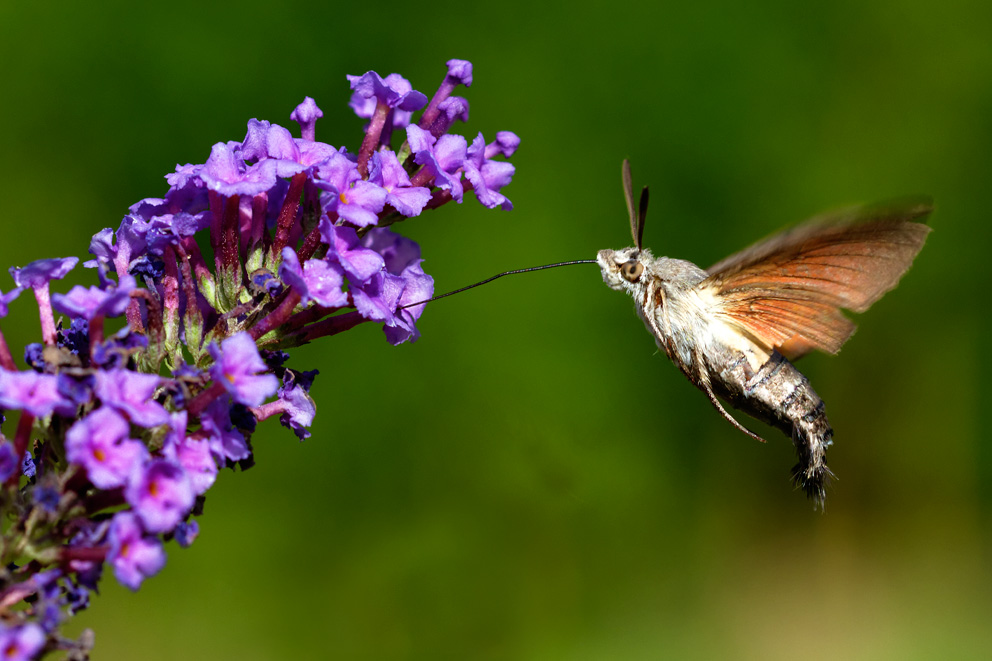

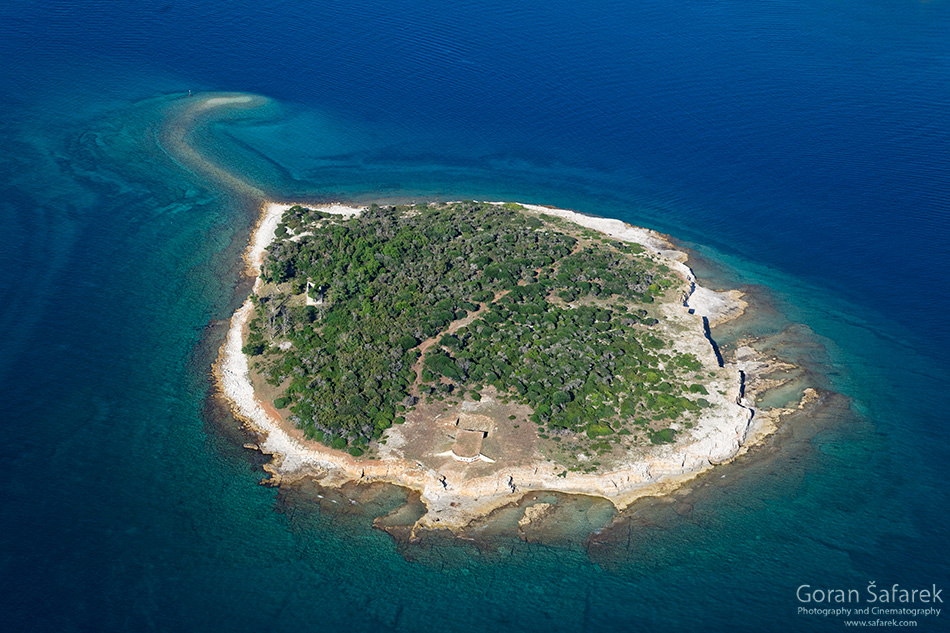
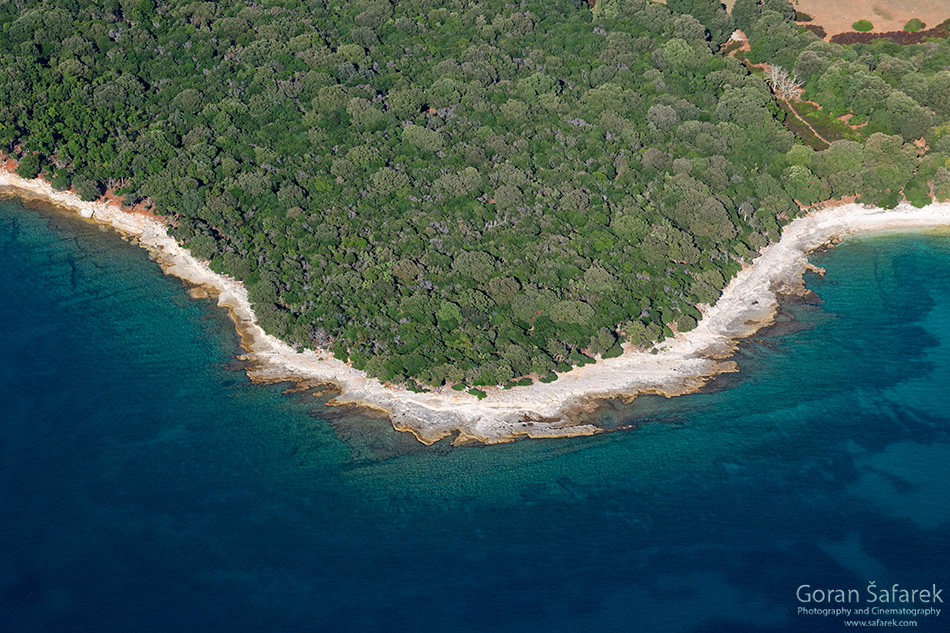
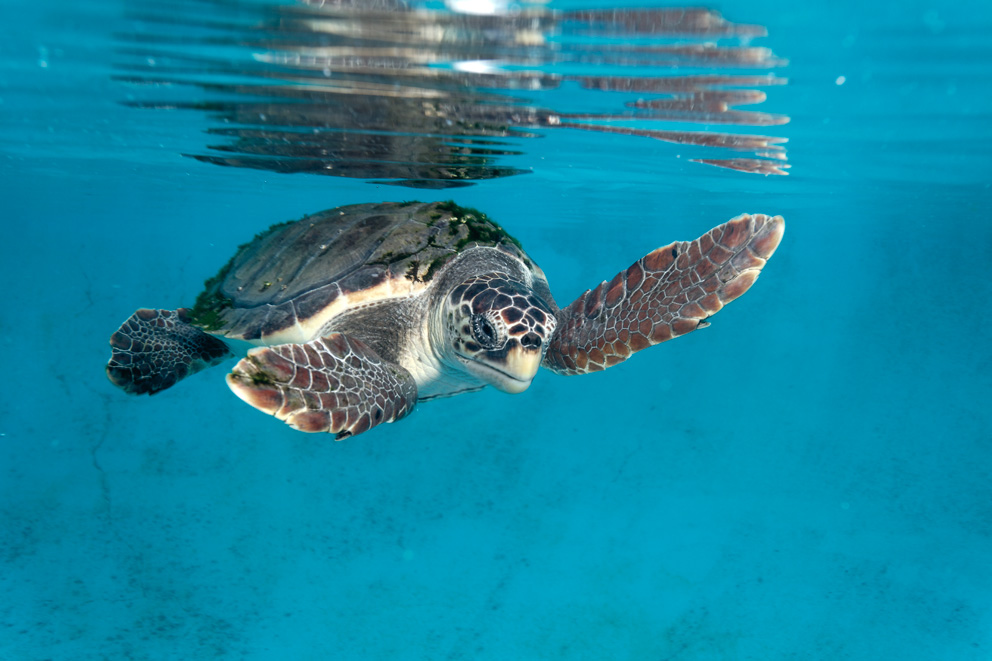
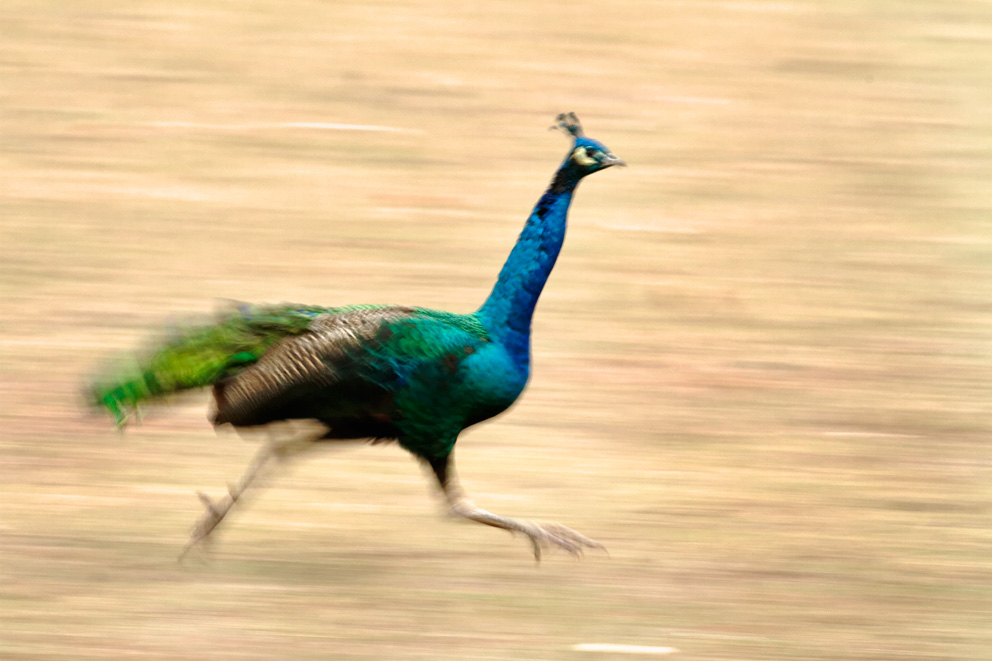
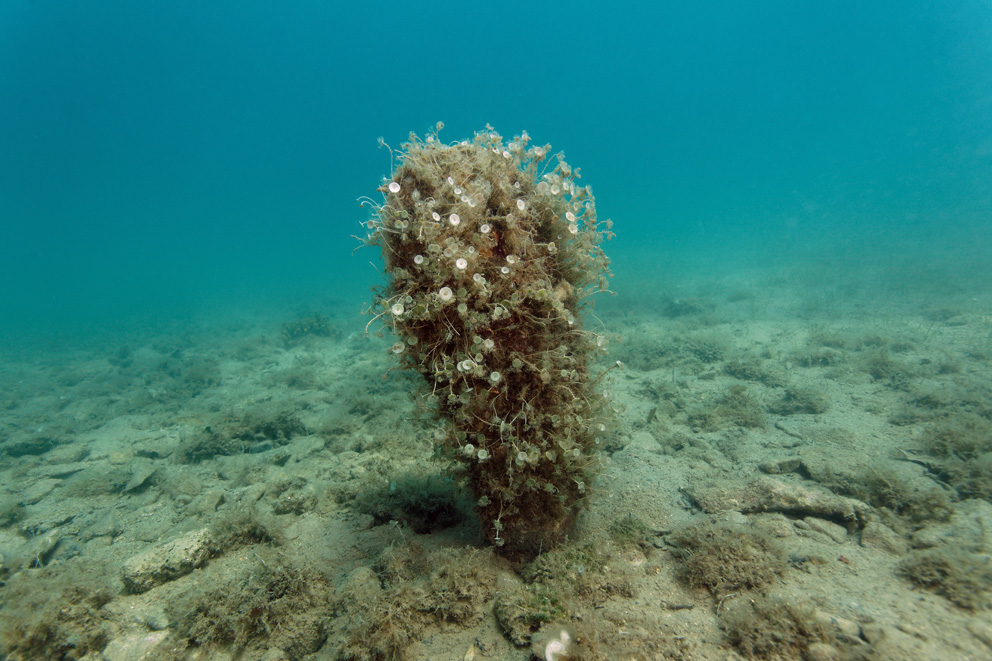
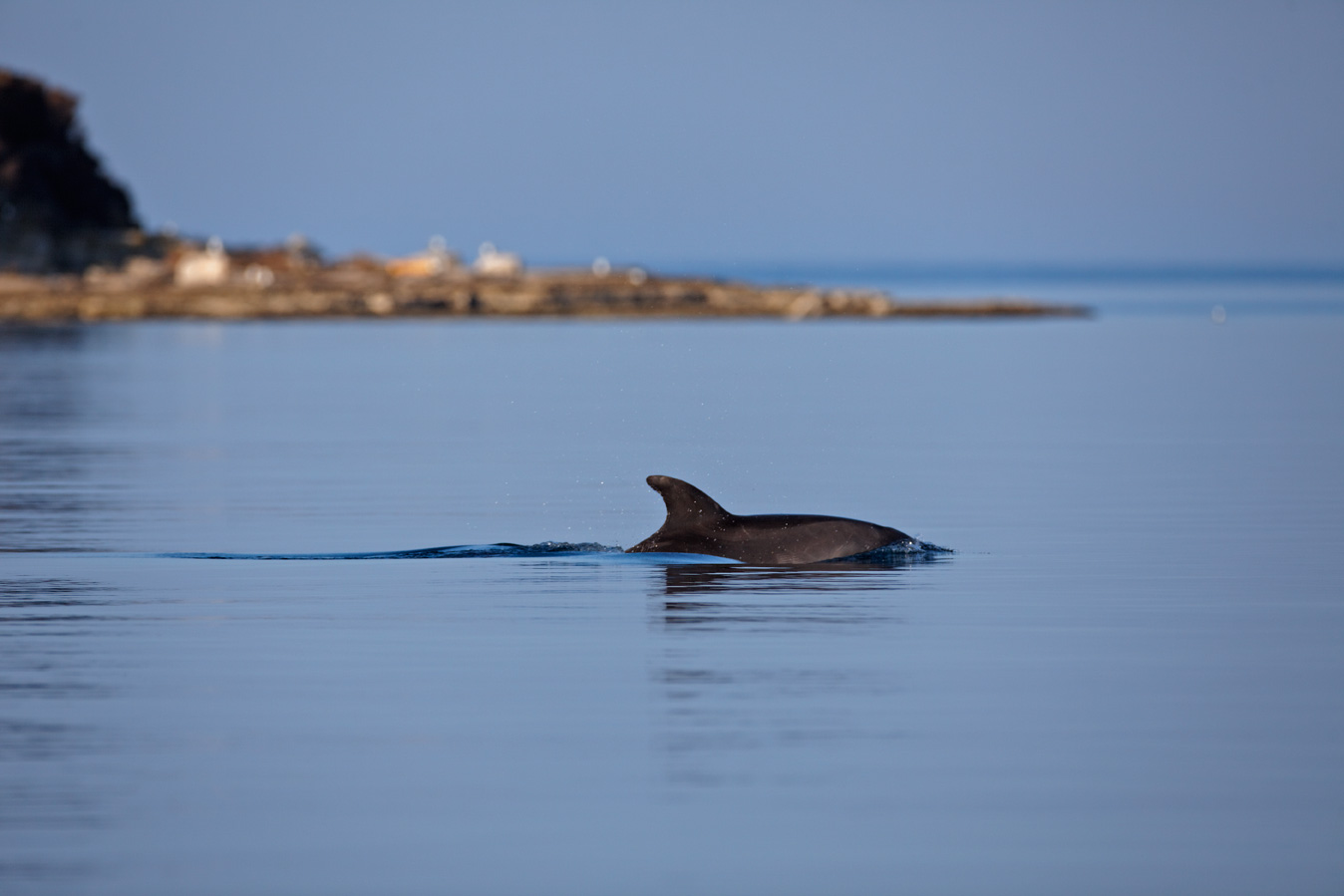
Goran Šafarek, biologist, author of several books and films about Croatia. Don’t forget to follow us on our Instagram, Twitter and Facebook
